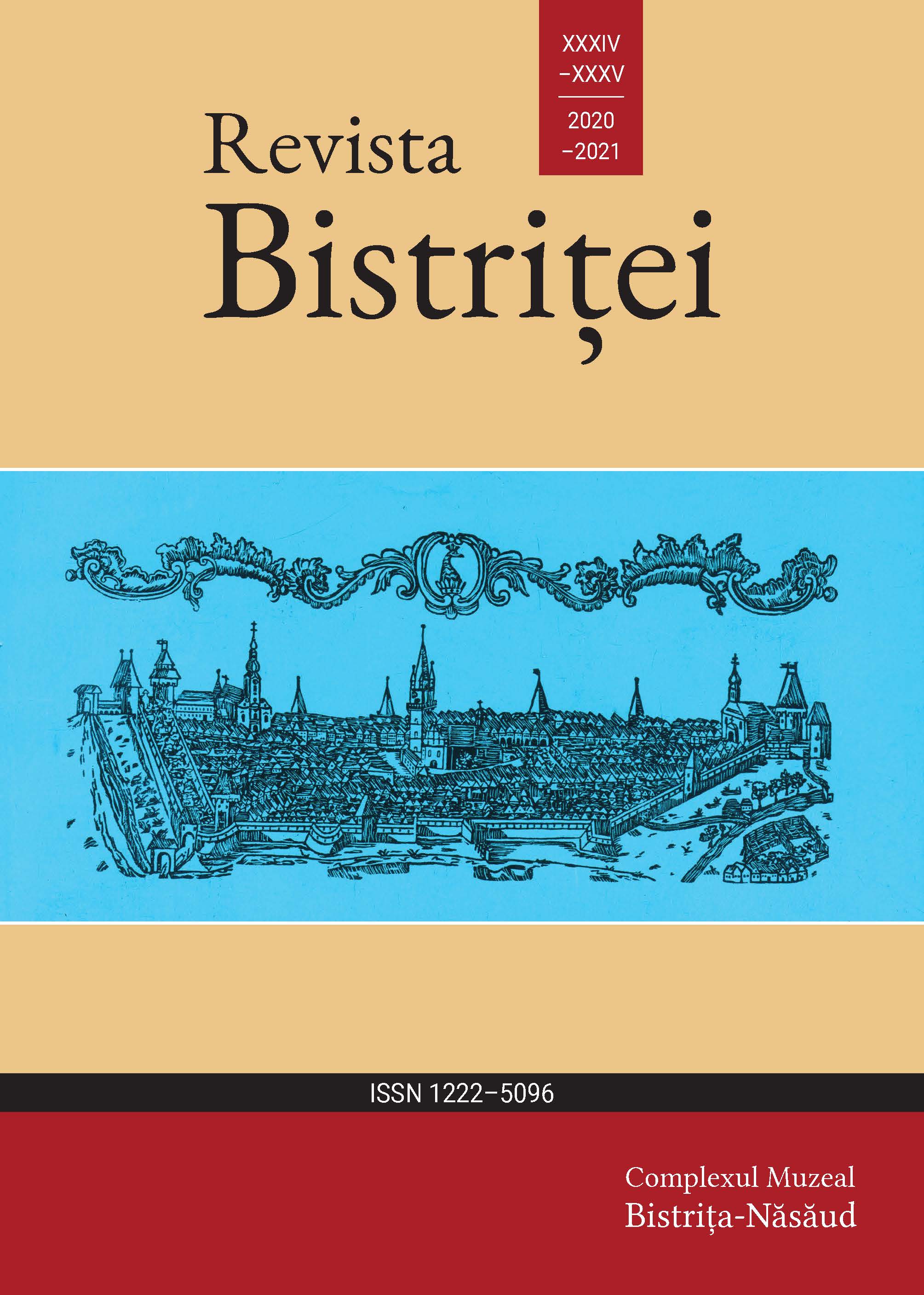Câteva observații privind toponimul maghiar Monostor (Munustra) în lumina unor informații documentare cu privire la teritoriul transilvănean în secolele XI–XIII
Some remarks on the Hungarian toponym Monostor (Munustra) in the light of documentary information about the Transylvanian territory in the 11th–13th centuries
Author(s): Florin-Mihai HasanSubject(s): History, Local History / Microhistory, Middle Ages, Theology and Religion
Published by: COMPLEXUL MUZEAL BISTRIȚA-NĂSĂUD
Summary/Abstract: The purpose of this article is to highlight the way in which the common noun/term monostor (lb. Hungarian; monastery) has been preserved in the toponymy of Transylvanian counties were such monastic settlements appeared. It was highlighted that a toponymic element through which a reference is made to a monastic type of structure was created by associating with the name of the founder and the original owner. 15 such cases of mention of the toponym in the Transylvanian region in the classical Arpadian era (11th-133th centuries) were discussed, based on published documents published to date. With two toponymic exceptions, which mention the developed villages near the (monastery) settlements, all the other compound toponyms identified in the documentary for the chronological interval considered, refer to the existence of a special relationship between the patron founder and the monastery built by him: the name given to the monastic settlement. The documentary observation allowed small anthroponomic addition to the Transylvanian anthroponomics synthesis to which I contributed almost a decade ago, in a team coordinated by Șerban Turcuș.
Journal: REVISTA BISTRIȚEI
- Issue Year: XXXV/2021
- Issue No: 34-35
- Page Range: 75-94
- Page Count: 20
- Language: Romanian

